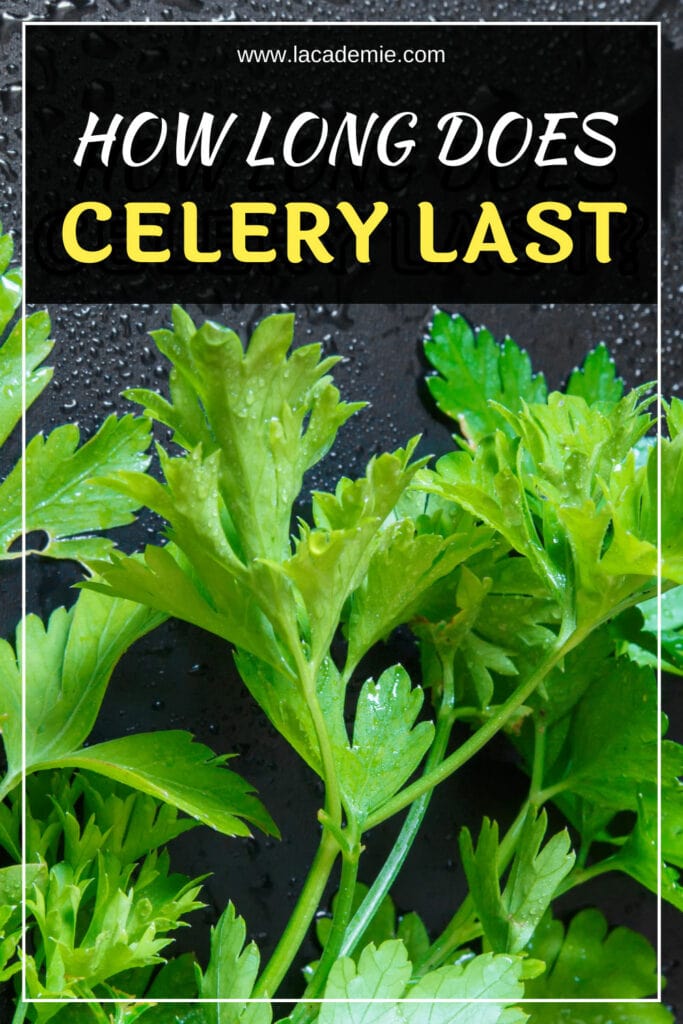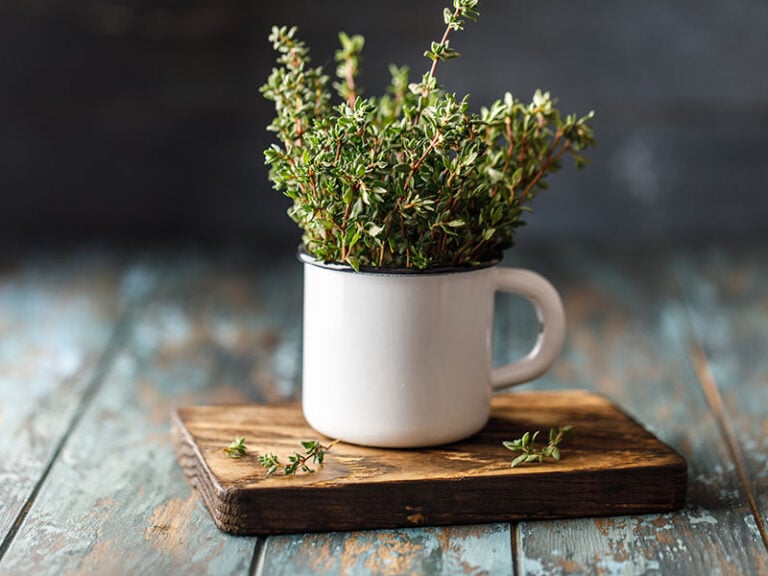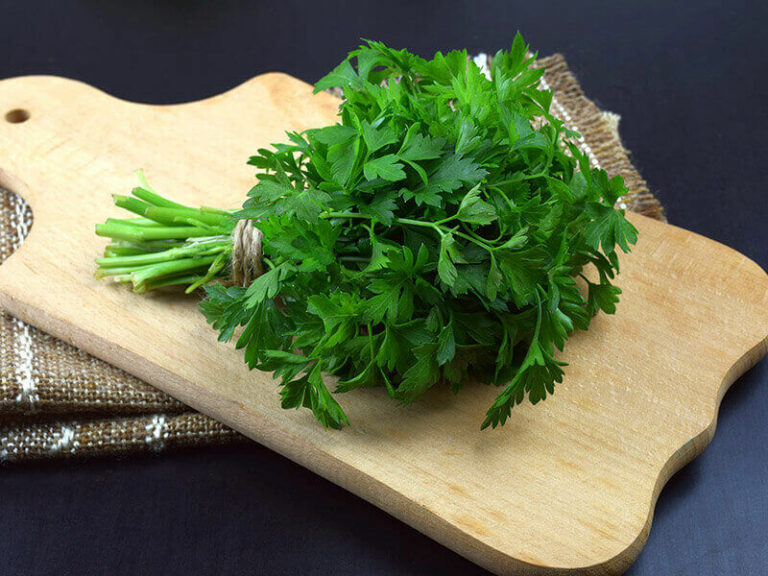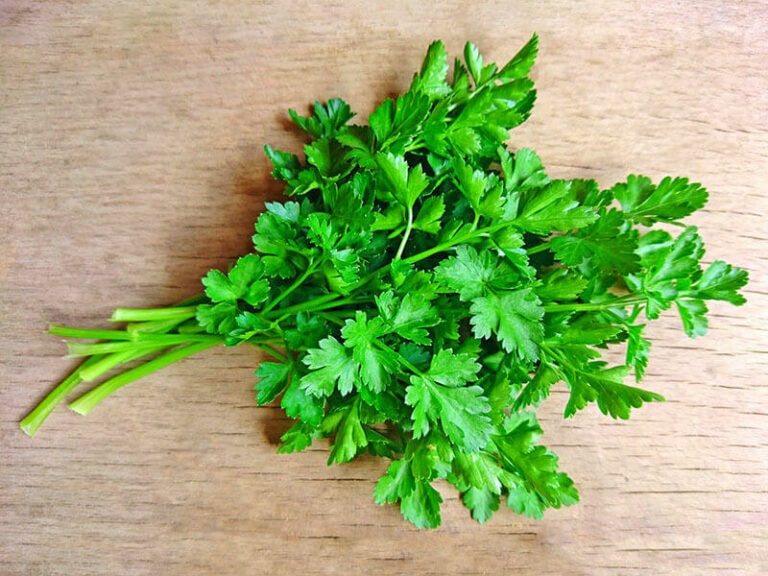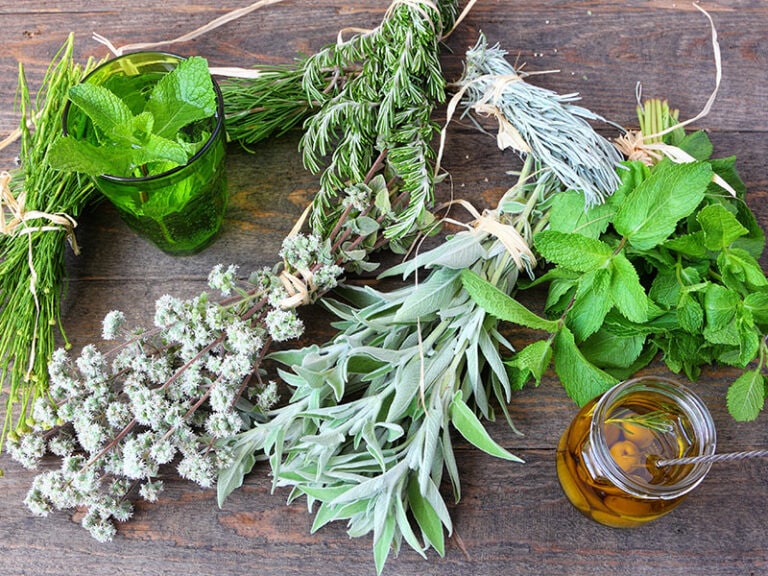You might be having a hard time answering the question, “How long does celery last?” That’s perfectly understandable. Not everyone is capable of coming up with the right answer immediately, and it’s not like there’s a “best before date” on celery for you to tell.
Celery is a vegetable belonging to the Apiaceae family – a family of aromatic flowering plants which includes other vegetables and greens such as parsley, carrots, parsnips, and celeriac.
Aside from being a great addition to foods, celery and its variants also offer several health benefits, such as reducing inflammation and cancer risks.
Boasting exceptional versatility, celery has found its way into the kitchen as one of the most popular vegetables. As a low-calorie snack, celery can be eaten raw. It can also be used for making meat stock, celery soup, salad, etc.
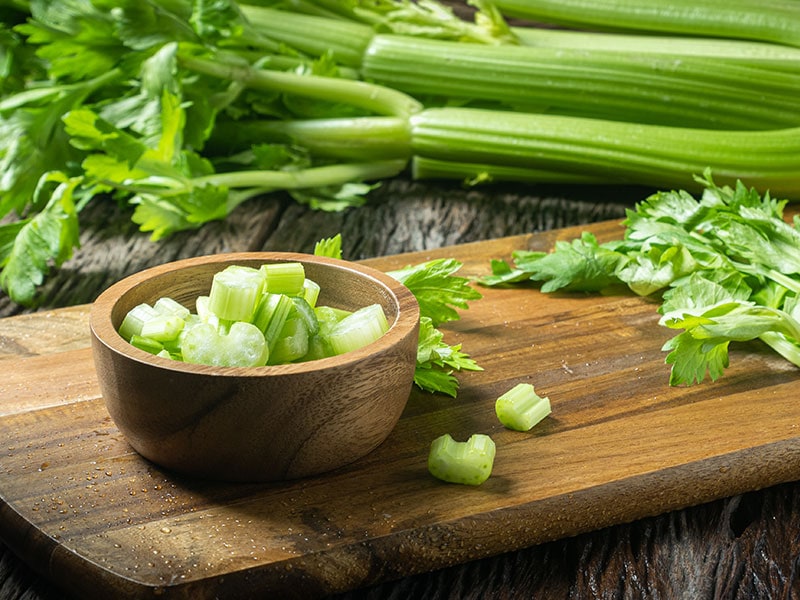
Because celery is such a fantastic vegetable, it’s no wonder if you want to have plenty of it in your kitchen. However, will it last? What can you do to keep celery fresh longer? Well, read and find out.
How Long Does Celery Last?
The shelf life of celery can depend on a lot of factors like the quality and freshness of celery as well as its storing condition.
Because celery is rich in both soluble and insoluble fiber, it can go bad quite fast, especially if not stored properly. In fact, even if the celery itself is not spoit, the wrong storing technique can make this vegetable become rubbery.
Fresh, whole celery taken straight out of the farm tends to last the longest, which is around 3 to 4 weeks in the fridge. Prepackaged celery can only last roughly 3 days when properly stored. Once cooked, celery lifespan can last for about a week.
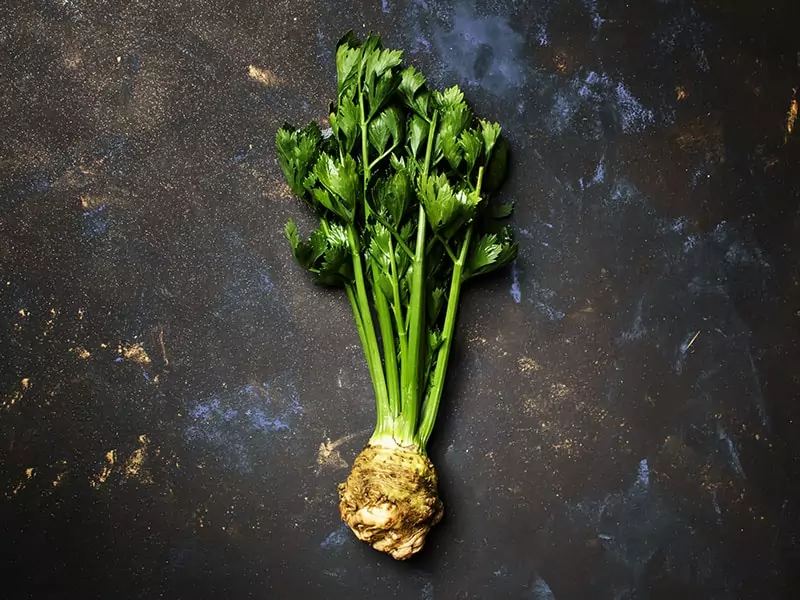
Frozen celery can stay fresh the longest, which ranges from 6 to 8 months. However, frozen celery can only last this long if you remember to blanch the stalks before putting them in the freezer. Once you defrost frozen celery, it’s only ideal for cooking and can last for a short time.
Signs That Your Celery Has Gone Bad
Like other foods, celery can and will go bad, regardless of how well you keep it. What’s more, it can be tricky to tell if celery has been spoiled. However, if you know what to look for, it will be much easier to spot signs of celery going bad.
1. Look At Its Color
One of the most obvious signs that your celery is no longer good is that it has become pale and whitish in color. Fresh celery is supposed to have lush green leaves while its stems should be light green and white in color.
If you notice that the leaves have started to yellow and developed black spots, you know it’s time to throw the celery away – that’s a sign of rotting. You can also check the celery’s stem and see if it has turned brown. If the inside of celery’s stem turns this color, it means fungus infection is taking place.
2. The Smell
A bad smell usually indicates that the food is no longer good, and this also applies to celery. If your celery is giving off a foul smell, you can know for sure that it’s not safe for consumption any longer.
3. The Texture
Fresh celery should have firm and crip stems. In other words, if the leaves go limp and the upper stem feels somewhat soft, this is an indication that the celery is no longer fresh. While this does not always mean that the celery has gone bad, it is a sign that you should be cautious and that you should look for other signs to determine if the celery is still edible.
Another method you can try is to use a herb knife to cut the celery. If the stem is too rubbery and does not produce a “crunch” sound when cut, then it might have been exposed to too much moisture.
4. The Taste
In some cases, spoiled celery might show no obvious sign that it has gone bad. It might still look green, it might still feel crunchy and firm to the touch, and it might not give off any off-putting smell.
How can something like this be possible?
This is because sometimes, celery might be exposed to chemicals which allow them to “look fresh” even though it might already be rotting inside its stalks. In instances like this, you might not notice that the supposedly fresh celery is already bad.
Then, how do you know if the celery is bad if it still looks fresh?
Your best bet is to try a bite. If it tastes watery and there’s a slightly salty and bitter aftertaste, you can rest assured that your celery is still truly fresh. However, if you notice that the taste is a tad too bitter, or if there’s hardly any discernible taste, then chances are that you’re eating a bad one.
Proven Methods To Keep Celery Fresh Longer
Sometimes, celery going bad sooner than you expect is not an indication that it’s low-quality, but rather that you might not be storing it the correct way. If you notice that celery keeps going bad sooner than its expected lifespan, you should check out the section below for some tips and tricks on how to keep celery fresh longer.
Employ A Paper Towel
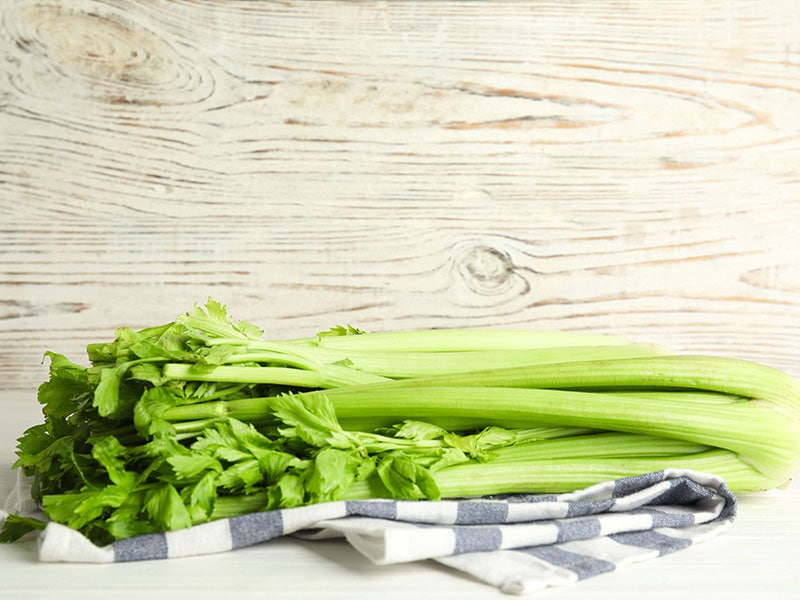
This is the most common way to prepare celery for storage. Using a paper towel will allow you to absorb any excess moisture from the celery’s leaves and stems. But why is this step necessary? That’s because moisture can promote bacteria growth, and I’m sure you don’t want that.
When using a paper towel, you need to be as gentle as possible. If you use too much force, you might risk damaging the stems and the leaves. This can ruin the texture and taste of your celery, which is definitely not a desirable outcome.
Once you’re done with absorbing all the excess moisture from your celery, you should store it in a container inside a fridge.
Aluminum Foil Is Good
Not feeling like storing celery in an airtight container? Aluminum foil makes a good substitute. When using this method, you need to make sure that the celery is completely dry as well.
Why is aluminum foil a better choice than plastic bags when it comes to storing celery? This is because celery releases ethylene, which is responsible for ripening vegetables and fruits. Foil allows this hormone to escape, while plastic bags tend to lock ethylene inside. This will prevent celery from over-ripening and going limp.
Need some visual instruction on how to store celery with aluminum foil? I’m sure you’ll find the video below helpful.
Are you still somewhat skeptical about the effectiveness of this method? You can watch this video below to see how long celery can last if stored correctly in aluminum foil.
Store Celery In Water
Moisture is bad, but water is good! How bizarre! Strange as it may sound, you can keep celery fresh and crisp by storing it in water. No, I’m not pulling your leg! Even celery that has begun to wilt can still be refreshed if you use this method.
To store celery in water, you’ll need a large glass bowl and plastic wrap to seal the bowl. The water you store celery in should be fresh and clean; if possible, use filtered water. The celery itself should still be good, its stalks need to be straight, crunchy, and rigid.
You can’t dunk the whole celery into water and call it a day. You need to cut the stalk’s base off and completely dismantle the celery. Proceed to cut all the stalks in half so that they can fit inside the glass bowl. Don’t forget to remove all the leaves from the stalks.
Place the celery in the bowl with at least one inch of space between the top of the bowl and the celery. Pour water in until all the celery is completely submerged in liquid. You can change the water every other day to keep celery fresh longer.
If you don’t know what to do with your unfinished celery, you can use it as a swap-in for celery seeds. As they have the same root, celery seeds and celery share similar flavor profiles, allowing you to use them interchangeably in most dishes, except for soups and sauces.
You can also keep celery in a large jar like in the video below, be sure to have a look at it!
Freeze The Celery
The best way to store celery if you want it to last for more than a month is to freeze this vegetable. This storing method will allow celery to last up to 6-8 months. However, one downside of this method is that it might cause celery to lose its crispness.
Ideally, you should opt for the top containers specifically designed for freezers. This will ensure that your celery can keep its crispiness better, allowing you to extend the shelf-life of your vegetable without affecting its taste.
While it might no longer be as crunchy as it initially is, frozen celery can still retain its taste and freshness if you know the correct ways to freeze celery. This makes frozen celery an ideal choice for making stews, soups, and other water-based dishes.
You can also use frozen celery for making celery juice. As long as you choose the right juicer types, you’ll be able to make refreshing celery-based beverages to treat your whole family. If your kitchen is quite cramped, you can also opt for top-tier compact juicers instead.
Freezing celery is not as easy as it sounds; there are several steps that you have to go through to ensure frozen celery can stay in its top quality.
FAQs
Do you still have unanswered questions? Maybe this FAQ section will be able to help you sort out your problem. Check it out!
Additional Advice For Storing Celery
When storing celery in a fridge, there are a few things that you need to keep in mind. For instance, don’t store it too close to the freezer, as too low a temperature can make celery go limp, even if you keep it tightly wrapped in aluminum foil.
If you choose a ziplock bag to store celery, it’s best to squeeze out all the excess air. You can wrap the stem of the celery with a paper towel to ensure that the vegetable will not lose its water.
Another thing to remember when storing celery is that you should keep celery separated from onions, cabbage, and turnips. The odors from these vegetables can affect the taste of celery. It’s also ideal to avoid storing celery with fruits, especially apples.
If you still have any concern about celery’s shelf-life and how to keep it fresh longer, don’t hesitate to ask!
